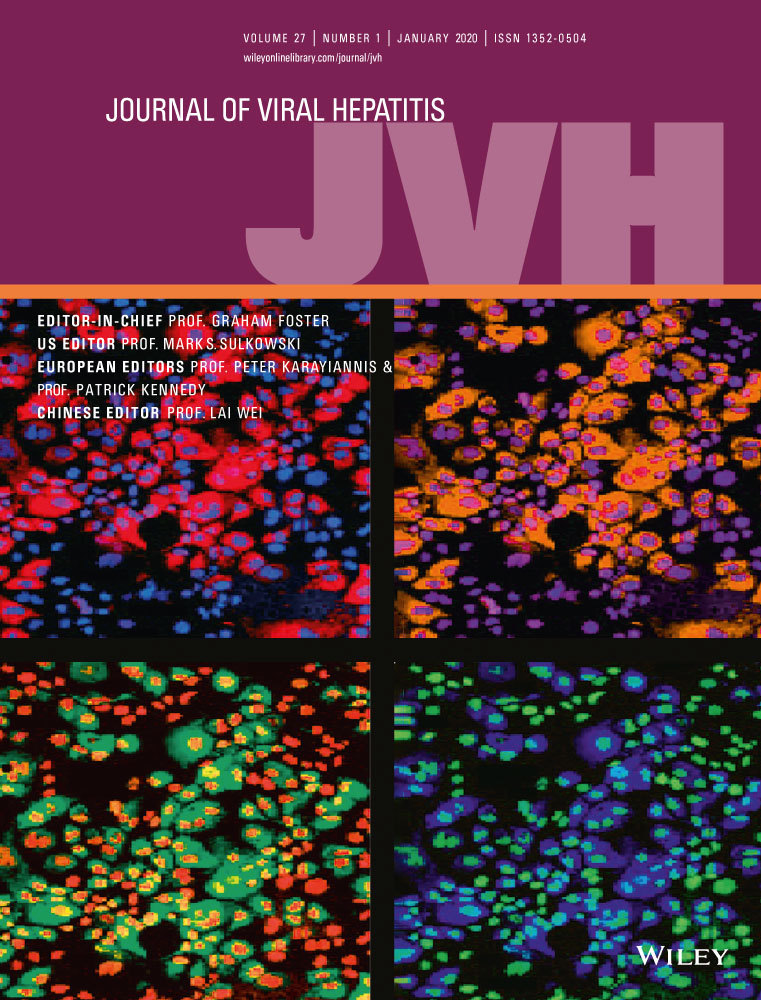Data linkage to monitor hepatitis C-associated end-stage liver disease and hepatocellular carcinoma inpatient stays in England
Funding information
This report is independent research by the National Institute for Health Research. The research was funded by the National Institute for Health Research Health Protection Research Unit (NIHR HPRU) in Blood Borne and Sexually Transmitted Infections at University College London in partnership with Public Health England (PHE), in collaboration with London School of Hygiene & Tropical Medicine (LSHTM). The views expressed are those of the authors and not necessarily those of the NIHR, the Department of Health and Social Care or Public Health England.
Abstract
Persons with chronic hepatitis C (HCV) infection are at increased risk of end-stage liver disease (ESLD) and hepatocellular carcinoma (HCC). The impact of hepatitis treatment scale-up and elimination strategies on ESLD and HCC incidence is a critical measure of progress towards WHO targets. Data from national laboratory surveillance of HCV diagnoses were linked to inpatient care records in Hospital Episode Statistics (HES). For persons first diagnosed with HCV between 1998 and 2016, we describe the characteristics of those with ESLD and HCC and estimate incidence. Of persons diagnosed with HCV between 1998 and 2016 (104 674), 9.1% (9525) had an admission for ESLD and 2.5% (2610) for HCC. The majority of persons with ESLD and HCC were male (70.7% and 82.7%) and of white ethnicity (89.9% and 82.7%). Crude incidence of ESLD and HCC admission was 10.4 and 3.2 per 1000 person-years, respectively. When compared to 2011-2013, incidence of ESLD and HCC admissions in 2014-2017 were lower (ESLD incidence rate ratio [IRR]: 0.81; 95% Confidence interval [CI]: 0.76-0.86; HCC IRR: 0.90; 95% CI: 0.82-1.00, P = .045). Data linkage showed considerable underreporting of HCV in HES coding for ESLD and HCC (16.0% and 11.3%, respectively). In conclusion, we found a decline in incidence of ESLD and HCC-related inpatient admissions since 2011-2013. Linked analysis is required for the continued monitoring of ESLD and HCC inpatient incidence. However, HES data quality issues around completeness of identifiers contribute to uncertainty in linkage and may limit our ability to robustly monitor progress towards WHO elimination goals.




